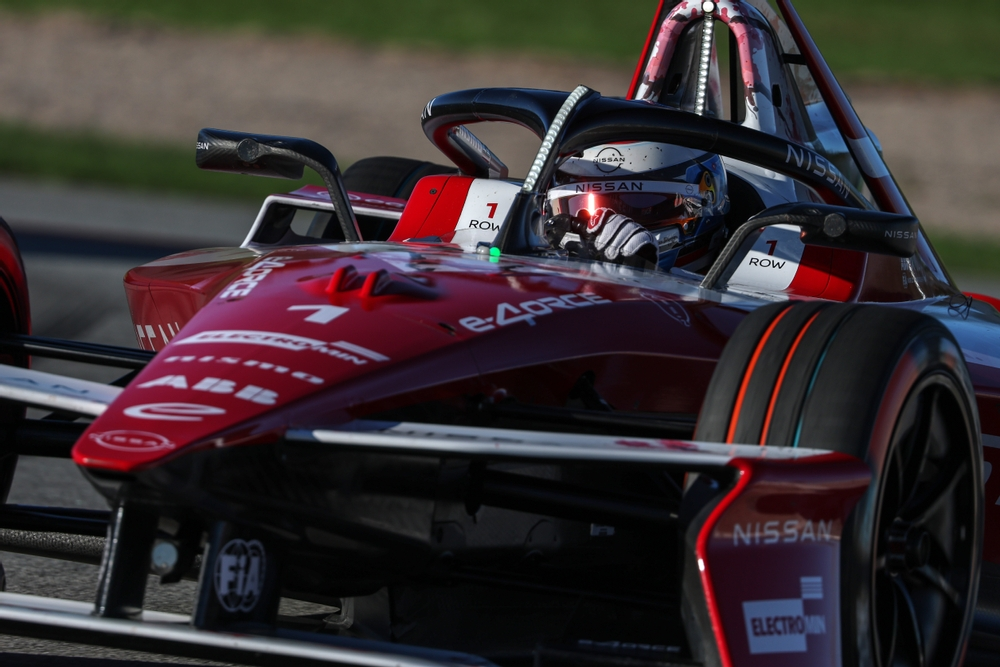
This week, the F1 and the FIA confirmed which six races will hold an additional sprint race in 2026. New names were on the list for 2026, most notably Singapore.
READ MORE: F1 2026 CALENDAR: Goodbye, Imola—hello, European Grand Prix?
The Marina Bay circuit proudly hosts the first F1 night race in history and stands as one of the longest-running street tracks.
With its highly technical layout and walled confines from start to finish, the Singapore Grand Prix challenges drivers’ physical and mental skills as they navigate intense cornering speeds and even faster straights.
However, like many street tracks, Singapore’s racing action faces the challenges posed by ever-growing cars and the dirty air they generate. Overtakes become rare, requiring significant tyre differences for any to succeed.
To boost on-track action, Singapore will introduce its first F1 sprint race next year. The 2026 regulations promise to make cars lighter and smaller, reducing dirty air as vehicles move away from ground-effect designs. This shift could bring the excitement of Singapore’s racing back to the level of its inaugural event in 2008.
Yet, this change will also take a toll on drivers.
The intense heat and circuit layout in Singapore cause F1 drivers to lose 2-4 kg (4.4-8.8 lbs) during the Grand Prix, primarily through sweat, due to the race’s high heat and humidity.
This fluid loss represents 3-4% of their body weight, significantly impacting the race’s extreme physical demands. Drivers must also manage their electrolyte levels, heart rates, and core body temperatures.
Enduring two qualifying sessions, a sprint race, and a Grand Prix could jeopardize their physical and mental health.
Drivers specifically train for Singapore’s conditions, and their win-or-nothing mentality, combined with tyre management, has minimized physical issues in recent years. However, the increased workload will push them to their limits.
During the 2023 Qatar Grand Prix, drivers experienced severe challenges, including vomiting in their helmets, fainting at high speeds, and retiring due to the extreme heat and race conditions.
(In Qatar, teams limited drivers to using a tyre for only 18 laps, forcing all teams to make two pit stops during the race due to tyre concerns.)
Singapore’s sprint race is likely to encounter similar challenges, as it won’t require mandatory pit stops. The nature of sprint races encourages drivers to push their limits without waiting for pit windows or managing tyre life.
The sprint race may even be warmer, as it will occur earlier than the Grand Prix.
Shortly after the sprint, drivers will again push themselves during qualifying. Will they have enough time to recover properly? How much more weight will they lose?
Health issues could easily sideline a driver or lead to disqualification for falling below the minimum weight, even with Singapore’s considerations. Dehydration could also increase the risk of accidents.
The challenges extend beyond temperature; teams often follow European sleep and day schedules. With an additional race to prepare for, teams will need to reassess their trackside timings.
The FIA likely recognizes these concerns and may explore ways to ensure the event runs smoothly and safely next year. Teams will probably prepare for Singapore more thoroughly than for any other race, involving both trackside personnel and drivers.
Innovations in special fireproof suits designed for extreme heat races may alleviate some adverse effects in Singapore, as the FIA can mandate their use at specific high temperatures. However, the effectiveness of these suits remains to be seen.
Ultimately, we believe other circuits would provide a safer and more exciting environment for a sprint race than Singapore.


